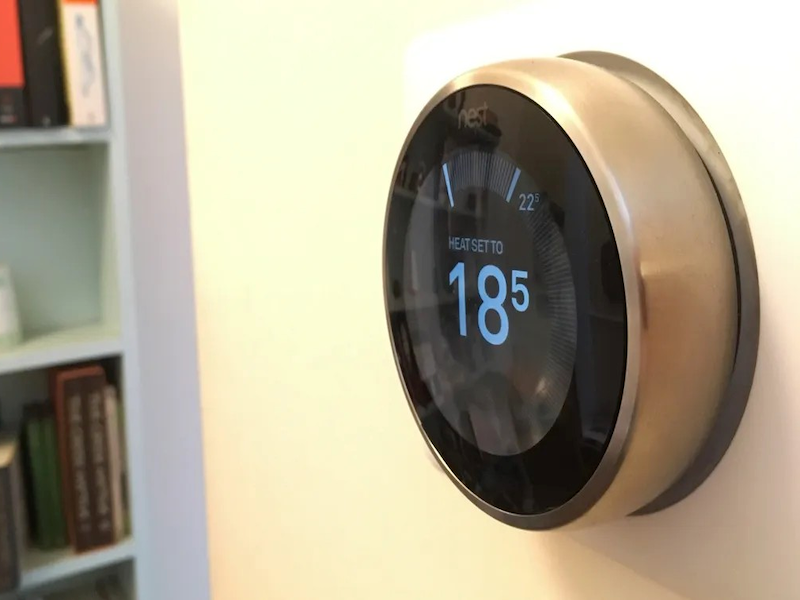- Leaked images suggest Google is updating the Nest Learning Thermostat with a touchscreen.
- The new thermostat and updated Nest Temperature Sensor could debut after the Google Pixel event on August 13.
OUR TAKE
The surge in options trading on the Nasdaq 100 Index reflects heightened investor concern over the volatility in major tech stocks. As the index, heavily weighted towards technology, faces significant declines, the increased trading activity indicates a growing need among investors to hedge their positions. This trend underscores the pivotal role that leading tech stocks play in broader market movements.
— Zoey Zhu, BTW reporter
What happened
A new version of the Nest Learning Thermostat could arrive very soon, according to leaked promotional photos. The images, posted by Arsène Lupin on Twitter and shared by 9to5Google, suggest that the new smart thermostat will have a similar design to its predecessor but with a significant update: a move from a movable dial to a touchscreen interface.
The new Learning Thermostat appears to have a rounded glass face rather than a flat one, with a refined interface. The larger glass surface and thinner metal bezel of the redesigned device suggest touch controls instead of the rotate and press/click interface used in the 2015 model. In terms of functionality, this may not be a major upgrade from the previous model. An FCC listing published last month indicates that its wireless capabilities will be similar, featuring Soli low-energy motion sensing. Integration with Matter could be a notable enhancement, but this remains to be confirmed. The new thermostat, along with an updated Nest Temperature Sensor, is expected to be compatible with three Nest thermostats, including the unreleased 4th Gen model.
Also read: Google establishes new department to deliver groundbreaking AI experiences
Also read: 5 features of Nest Locator Tag, Google’s air tag
Why it’s important
The introduction of a touchscreen interface to the Nest Learning Thermostat represents a significant design evolution, making the device more user-friendly and in line with modern smart home aesthetics. While the core functionality may remain similar to the 2015 model, the updated design and potential integration with Matter could provide users with a more seamless and interconnected smart home experience.
The long-overdue update to the Nest Temperature Sensor, first released in 2018, also highlights Google’s commitment to enhancing their smart home ecosystem. This new sensor will allow users to set specific temperatures for different times of the day via the Google Home app, offering greater control and convenience. However, the lack of connected radiator valves, like those made by Hive, suggests there is still room for further innovation in this space. The anticipated release of these devices following the Google Pixel event on August 13 indicates that Google is strategically timing their launch to maximise impact and visibility.

